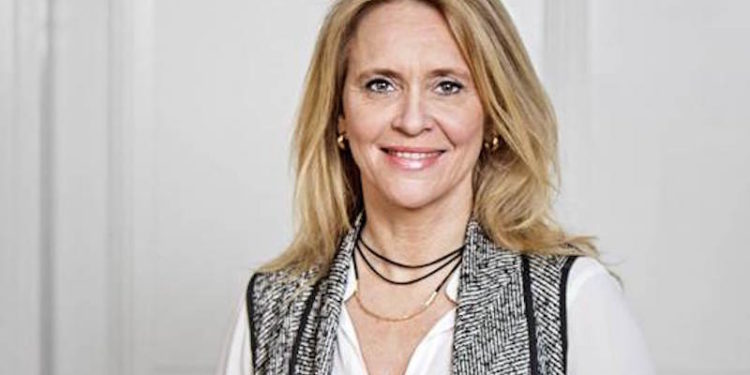Iceland’s Minister of Fisheries Thorgerður Katrín Gunnarsdóttir has set quotas for the 2017-18 quota year, and has stuck rigidly to the recommendations of the Marine Research Institute, except for erring on the side of caution by setting quotas for some species below the recommendations.
MRI had recommended increased quotas for cod and haddock based on the strong status of these stocks, while recommending a significant reduction in the Icelandic summer-spawning herring fishery. Other pelagic quotas are not decided until later, so the present quota announcement applies primarily to demersal stocks.
The decision is taken by the Minister, supposedly in consultation with the government, industry stakeholders and the chair of the government employment committee, but it appears that MRI’s word is practically unchallenged.
Quotas for blue ling, deep redfish, golden redfish, langoustine, ling, catfish and some other species have been marginally reduced, while the the Icelandic summer-spawning herring quota has been slashed from 63,000 tonnes to 38,712 tonnes and the shrimp quota is zero from a 4100 tonne quota last year.
Quotas for Greenland halibut, monkfish, saithe, haddock and cod have all been lifted. In line with advice, saithe has gone from 55,000 tonnes this year to 60,237 tonnes next year, while the Minister has increased haddock from
34,600 tonnes to 39,890 tonnes, even though the recommendation was for a 41,390 tonne quota. The same applies to cod, with the quota lifted from 244,000 tonnes to 255,172 tonnes, when the MRI advice was for 257,572 tonnes. Quotas for tusk and ling are also set below the advice levels.
‘Overall, this is good news that indicates that fisheries management has been responsible in recent years and this is providing results, although the state of the herring is a concern and calls for further research,’ Thorgerður Katrín Gunnarsdóttir said.
‘It is important in international marketing to be able to certify responsible fisheries, as consumers are aware of this and make greater demands than ever. I also place emphasis on supporting marine research, not least in the light of potential changes in the marine environment around Iceland, including those due to climate change. We have to do everything in our power to avert a catastrophe and above all, we have to understand this and its potential effects.’









